10 Things to Know About Award-Winning Author & Activist Jen Soriano
Written By Nico Belasco
From growing up in the suburbs of Illinois to making a tremendous impact on others across the globe through her work, writer and activist Jen Soriano is a force to be reckoned with. Whether she is working as a narrative strategist, writing books, or performing as a multi-disciplinary performer, she continuously shows up and proves that there are no limits for fearless Filipinas.
In her newest publication Nervous: Essays on Heritage and Healing, Jen Soriano brings to light the lingering impacts of transgenerational trauma and uses science, history, and family stories to flow toward transformation. She discusses the power of quiet can haunt us over generations, crystallizing in pain that Jen Soriano views as a form of embodied history. In this searing memoir in essays, Soriano, the daughter of a neurosurgeon, journeys to understand the origins of her chronic pain and mental health struggles, an all too-familiar feeling most FilAms grapple with in every phase.
Get to know her and her inspiring career.
1. They grew up in Illinois
Jen was born and raised just outside of Chicago in Illinois. Despite growing up in a predominantly caucasian area, their family found joy in connecting to their roots by gathering with other families in the Filipino community. Though their parents never spoke it to her and her siblings, Jen often found both of them conversing in Tagalog. Their fascination with the motherland and interest in meeting kababayan through the years led her to some of her greatest projects.
“There were definitely aspects of Filipino culture involved. I'd say mostly language and food. But I didn't really know much at all about it. Kind of like the larger Filipino American population. It felt pretty insular and kind of isolated in the Chicago suburbs. So it took me a while to really understand how many of us there are, how big and mighty actually our population is here in the United States and how incredible it is. You know, how much talent and power there is in the community. I really didn't know anything about Filipino history growing up. That was definitely something I had to learn later on,” they mentioned.
2. Jen and their brothers went to private school to avoid Anti-Asian Racism
Growing up, they watched her older brother experience blatant racism in public school. Having grown up in Manila, their father was very stern that his kids go to public school. However, when Anti-Asian hate started to rise, her parents were forced to place Jen and her siblings in private school. This shift didn’t completely shield them from microaggressions and little hints of racism but it did put them in a better environment.
“I would say that even though I didn't experience a lot of direct overt anti-Asian racism, there were subtle things. Like for example, in school plays, right? Like in my eighth grade school play, I got cast as, you know, the maid, all the lead players were white. Of course my love interest was the one other Asian guy in class, right? Like we had to be, right? The two Asians and a couple. So like things like that, but really not anything much more terrible than that,” they shared.
3. They went to Harvard
Jen went to college in Massachusetts at Harvard University. They studied history and science, which involved studying one particular area of history and one particular area of science, and then the history of that science. They majored in 20th century American history and biology, and then the history and development of the US medical system.
“So I am a total nerd and I really loved that. I loved that major. It was one of my favorite things about college. I think it's what got me through college and it totally shapes the kind of writing that I do. Like my book, Nervous, is all about writing in that history of science style, kind of like the history of neuroscience and then how history gets carried in our biology. So majoring in that was really formative for me. It affects how I see the world and the kind of writing that I do and the kind of solutions that I see for problems of injustice and all that. I feel that it's a privilege to be able to go to college. So I feel lucky that I was able to study and learn and really be able to gain those skills and how to do research that can be applied outside of academia and to something like a book that's really meant for community members,” they shared.
For Jen, life after college consisted of packing their bags, hopping on a plane, and moving to San Francisco to work for a magazine. Here, they connected with the large Bay Area Filipino community and discovered a different level of Pinoy pride.
4. They are a multi-disciplinary performer
Jen was always a performer. Throughout their whole life, it has been a constant pillar for her. They enjoy combining music with performance poetry and collaborating with dancers to bring art to life. Her craft fuses her love and passion for activism with different artistic disciplines, creating incredible performances with other artists for everyone to enjoy.


“I do music, but lately that doesn't look just like doing music in a band. I was in a band for about 10 years, but now it looks like combining music with performance poetry and then also with movements, but primarily with other people doing movement because I'm not really a dancer or a movement person. But for example, I did a show last year called Umalalengua Okan. But it was a show, a multidisciplinary show that was led by two dancers. And the dancers created these scenes about migration and finding home. They created these scenes and another musician and I added music and lyrics to the scenes. Then I also did a scene that involved Kali and movement and singing and a poem. So that's an example,” they mentioned.
5. They amplify others stories through her work as a narrative strategist
Jen’s day job consists of working as a narrative strategist for social justice organizations that are doing campaigns for social change. They play a role in helping them communicate stories to shed light on and influence larger narrative debates about their issues, some of which include immigration, climate change, and racial justice. Here, she helps people from communities by giving them a platform to tell their stories through the media in hopes of making an impact and difference.
“Narrative strategy work is something I've done for more than 20 years. I've done it through a couple of different organizations that I started, MediaJustice and Reframe, which I co-founded with several other amazing movement leaders, but also through my own sole proprietor consulting business. I think it's really deeply connected to my own writing in that when I write, like the book Nervous, I'm writing to contribute my personal story to larger narrative change. I wrote Nervous with the idea within my narrative strategist hat on as well as my literary writer hat on, which is that I wanted to be able to really contribute to the conversation around trauma and healing from a historical perspective and looking at the mass impacts of traumatic systems like colonialism and how we can transform them,” they shared.
6. Their involvement in organizations has impacted countless people
Jen’s involvement in the MediaJustice and ReFrame organizations stemmed from her urge to go beyond her work with Mother Jones. They wanted to help youth of color get their stories out through articles in the media. Their work went from typical journalism work to being involved in organizations that impact people across the country and globe. Now, MediaJustice has over 100+ organizations in their MediaJustice Network and ReFrame is building narrative power to win, training strategists, growing networks, and leveraging cutting edge technology.


“I wanted to help organize information. I wanted to help people tell lots of stories and get lots of articles in the media about issues that impacted youth of color. I was just really lucky that there was actually a job where I could do that in the Bay Area. So I started working there, but I started working there to close it down. I was hired to close down the project. It was supposed to be a two-year project. We heard from the field that it needed to continue. So, you know, because of that ongoing need, myself and the founding director, Malkia Devich Cyril, and another co-founder, Amy Sonnie, we decided to try to keep the organization open. It is still open and now goes by MediaJustice, and is run by a whole other set of amazing people. Then with Reframe, I was also kind of similarly like pulled in by need and opportunity. I had just had my kid and was on maternity leave, actually, parental leave. But about, you know, eight months into it, I got a call from a colleague saying that they had received money to be able to start a project to train organizers and how to do deeper narrative strategy. That was something that we knew had been needed for a long time. And so of course I said, yes, I'm going to help with this. So Reframe was born and now it's about to be 10 years old next year. So it's really about kind of just riding this wave of need and opportunity,” they mentioned.
7. They are the author of Nervous: Essays on Heritage and Healing
Jen is known to many for her work as the author of Nervous: Essays on Heritage and Healing. Their work focuses on transgenerational trauma with the use of science, history, and family stories, containing a collection of fourteen insightful essays. Once published, the book made waves and garnered incredible recognition, landing nominations for awards and even winning the 2024 Memoir Prize. It also went on to get featured by respected publications like Glamour, TIME, The San Francisco Chronicle, Ms. Magazine, and The Boston Globe.





“It's one of the hardest things I've ever done. It was long. It was probably like an eight year process of research, writing, revision and digging deep into the past. You know, dealing with worries about what my family is going to think. There was a lot, but it was also a beautiful process because I think of writing as just a really solitary act. And there is a lot of that. Nobody's going to write the book, but you, but I think I was surprised by how collaborative it was also. Like there were so many people who would workshop my essays and give me feedback. I would have these weekly co-writes that I do with other writers. I would say that, you know, it takes a village to raise a kid, but it took a city to write my book because there was so much support and collaboration and feedback. That's really my favorite part of it, is how many people it actually took to put this book together over eight years. It felt like a really connective process, like what I write about in the book, which are rituals of healing. So in the end, even though it was really difficult to write about some things in my family's past, overall, all of that support made it a healing process,” they shared.
8. They are the co-editor of Closer to Liberation: A Pina/xy Activist Anthology
Jen worked with Amanda Solomon Amorao and DJ Kuttin Kandi to co-edit Closer to Liberation: A Pina/xy Activist Anthology, which was released in 2023. This book puts the spotlight on contributions from the likes of community members, activists, artists, scholars, and cultural producers that identify with the type of intersectional feminist theory and practice that emerge from the specific lived experiences and histories of Filipina/x immigrant communities in the United States. It includes a collection of poems, essays, articles, and personal stories.




9. They have advice for young writers.
When asked for advice that they would give to those who wish to follow in her footsteps, they shared, “I say just do it and have confidence in your own story. I think that really the biggest piece of advice is that we don't get a lot of messages from outside society that we should spend time telling our own stories. So you have to tell it to yourself and find people to surround you who will encourage you and say yes. Yes, tell your story. Your story is important and it's worthwhile and it's needed. If you can just keep reaffirming that faith in your own story, then I think it helps with the day-to-day obstacles and clearing the obstacles, making time to write and telling those voices in your head that are saying that you can't do it or that like you shouldn't do it or who are you to do this to like basically sit down and be quiet, you know? So, yeah, I think it's just that. Tune in to that message of, yes, your story is important and you can write it.”
10. They are proudly Filipino.
Upon being asked what being Filipino means to her, they answered, “I think that being Filipino means a lot of things. There's four million of us, so it doesn't mean just one thing. But one of the things it means to me that's really important is being incredibly powerful and resilient. We have a history of at least three colonizers, you know, trying to come for us. We've kind of taken these histories of difficulty and depression and really flipped them. So I think it's like being resilient, it's being creative. You know, also there's this sort of superpower thing around Filipinos already being kind of a mix of so many things.”
Written By Nico Belasco
Photographer, Writer, Speaker, Podcast Host, Creative


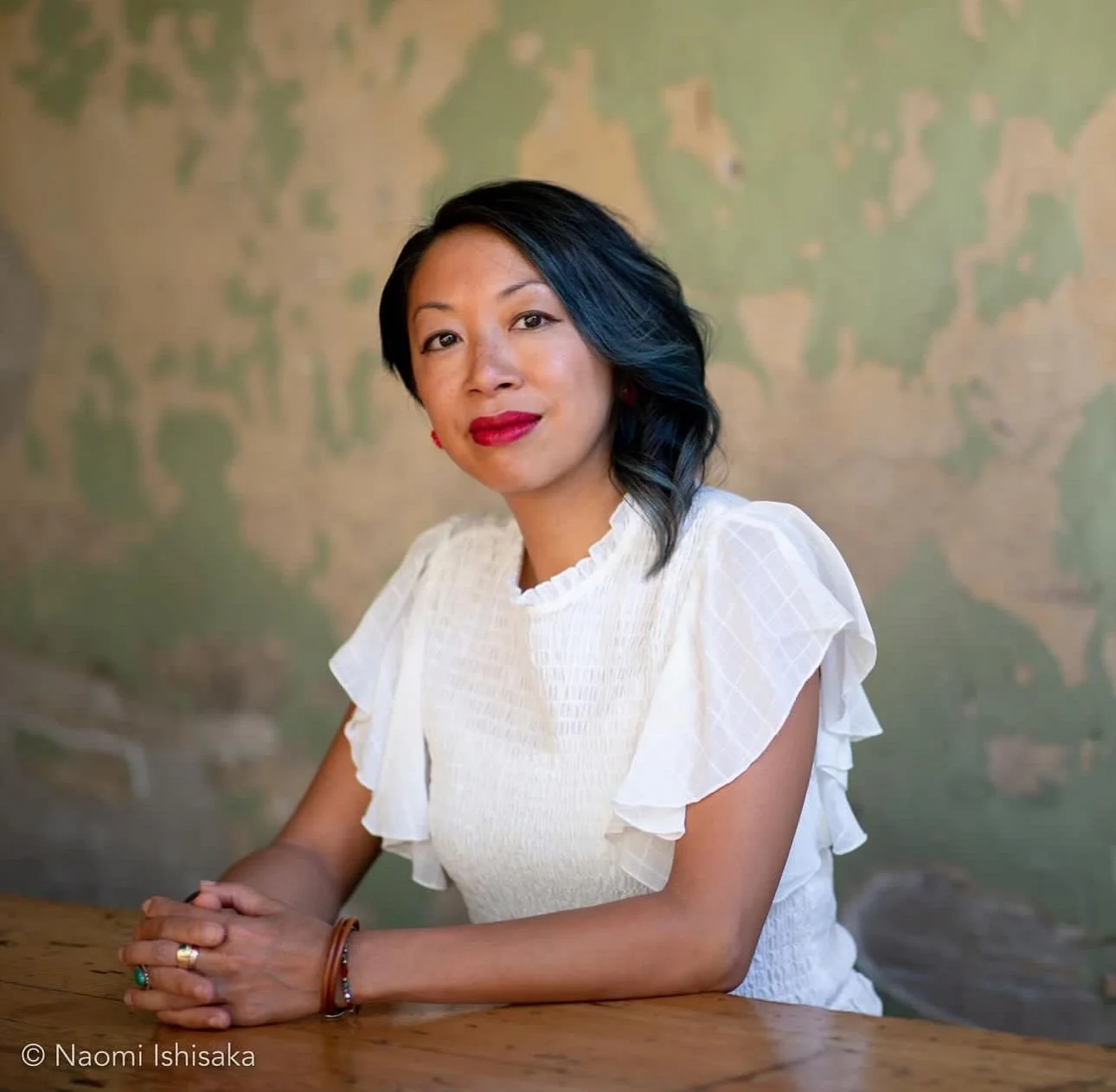
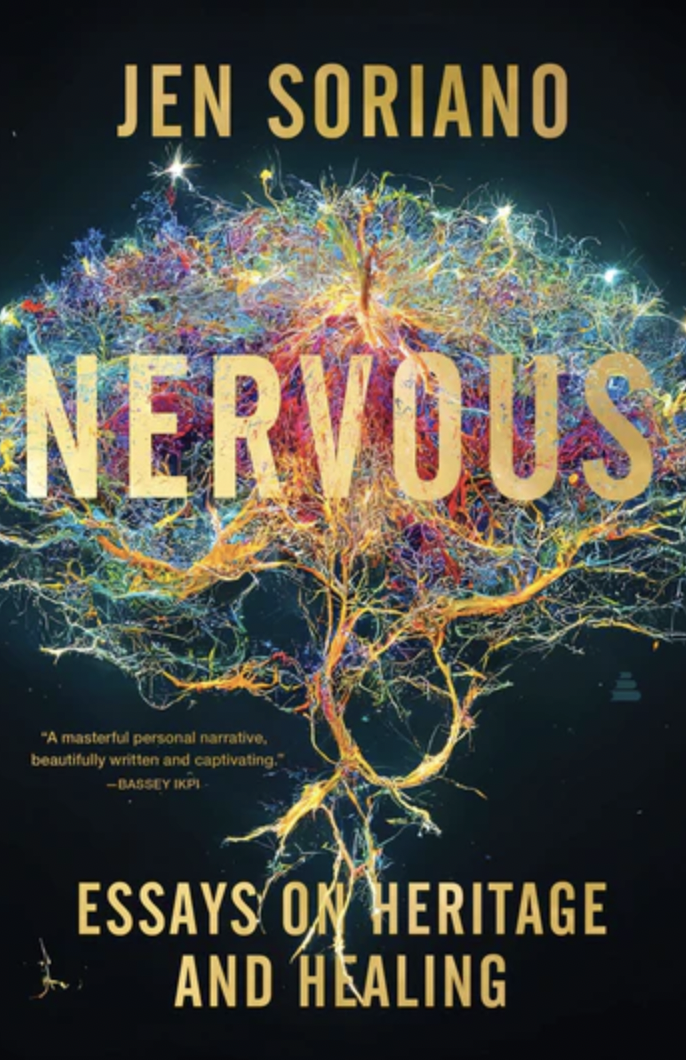


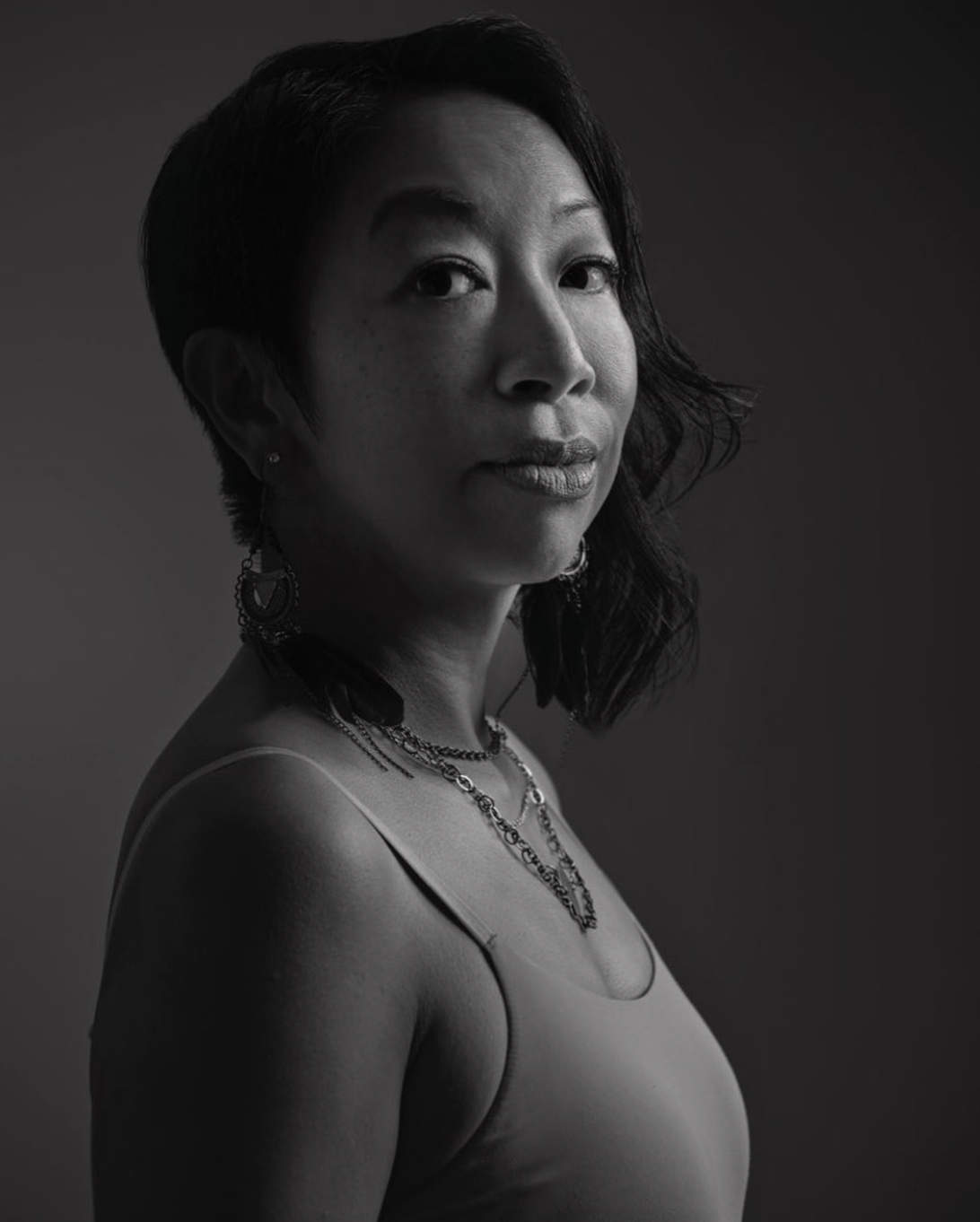

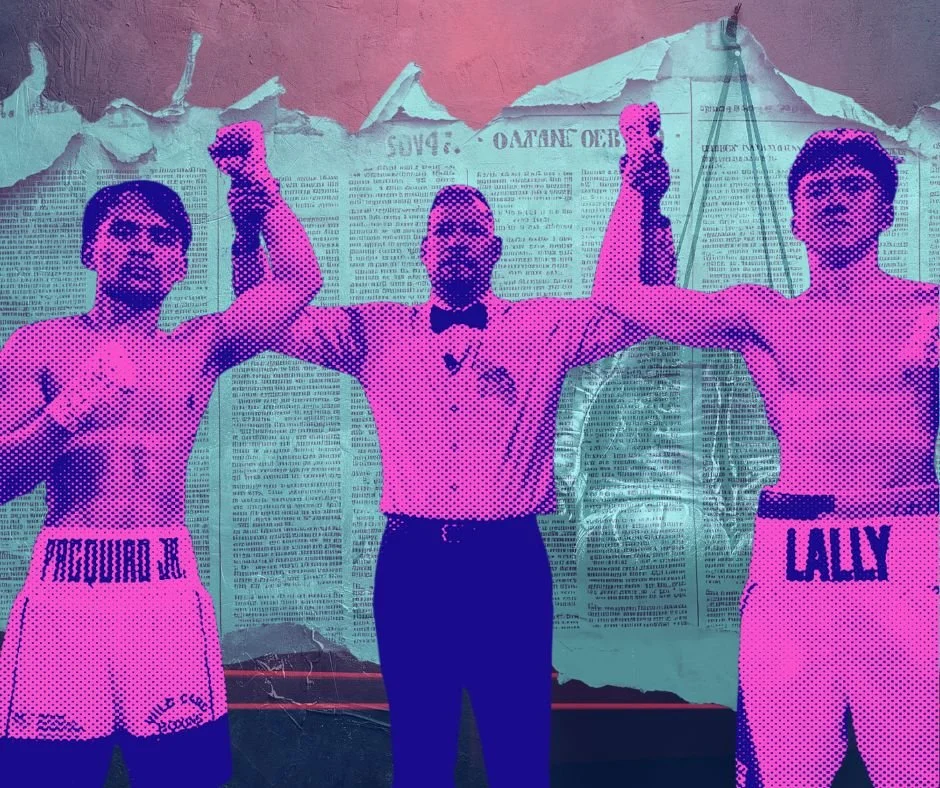





















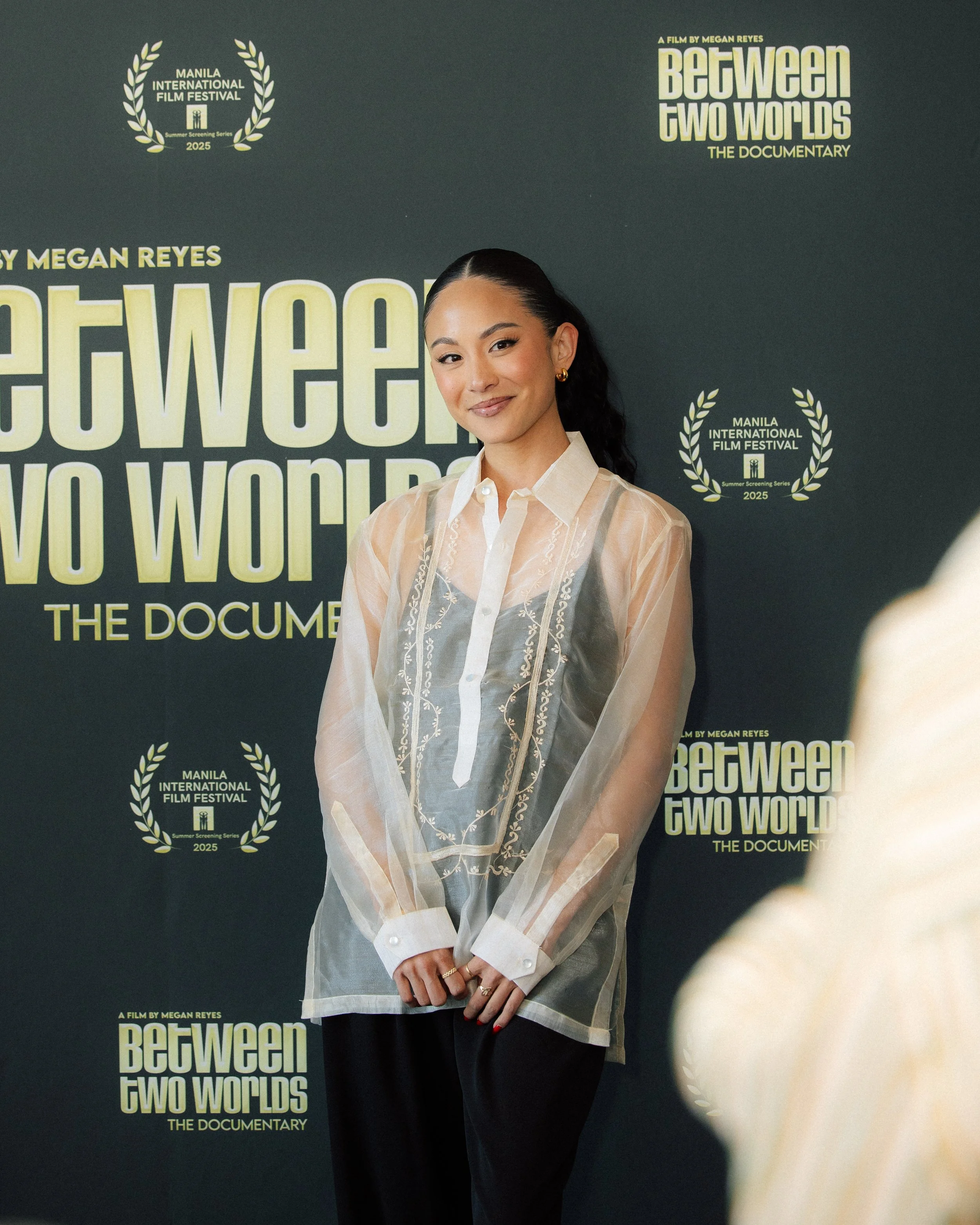
It all started with a table outside of a Seafood City in 2015.
LEAD Filipino volunteers were on hand with clipboards and flyers for a Filipino voter registration drive. It was an early campaign for the grassroots organization, which grew out of a desire to build Filipino civic voice and representation.
Read More